MPEG4 Encoder: An Overview
An MPEG4 encoder is a crucial component in the realm of digital communication, enabling the conversion of various media files into MPEG4 format. This technology is essential for the digitization of video and audio content, facilitating both storage and transmission across numerous digital platforms.
Types and Applications
There are several types of MPEG4 encoders, each serving specific applications. Hardware encoders are typically used for high-definition streaming and broadcasting, while software encoders offer flexibility for on-the-fly encoding. Applications range from professional broadcasting to consumer electronics, underpinning the functionality of devices such as digital cameras, smartphones, and television set-top boxes.
Features and Materials
MPEG4 encoders come with a variety of features designed to meet the demands of different systems. Some encoders offer low-latency encoding for real-time applications, while others provide high compression ratios to save bandwidth. The materials used in these encoders are selected to ensure durability and reliability, with some encoders designed for rugged environments.
Advantages of MPEG4 Encoding
The advantages of using an MPEG4 encoder are manifold. They provide efficient compression, which reduces file size without significant loss of quality. This efficiency is particularly beneficial for streaming over limited bandwidth and for storing large quantities of video data. Additionally, MPEG4 is widely compatible with numerous devices and platforms, ensuring broad accessibility.
Choosing the Right Encoder
Selecting the appropriate MPEG4 encoder requires consideration of the specific needs of the system it will be integrated into. For instance, incremental encoders are suitable for systems that require responsive adaptation to changes, whereas absolute encoders are better for stable, unchanging environments. The choice also depends on the required resolution and the nature of the input signal, whether analog or digital.
Integration and Compatibility
Integrating an MPEG4 encoder into a system is a forward-looking step towards ensuring compatibility with the evolving digital landscape. These encoders play a pivotal role in the Internet of Things (IoT), where devices of varying scales communicate seamlessly. The versatility of MPEG4 encoding makes it a cornerstone in the development of smart, interconnected digital systems.

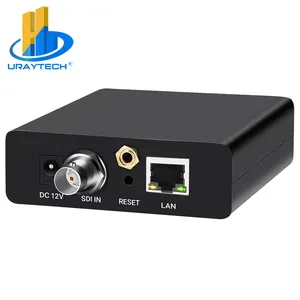

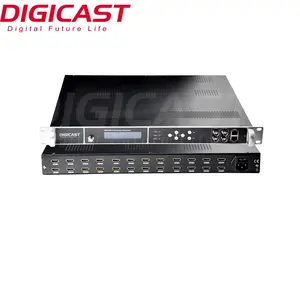

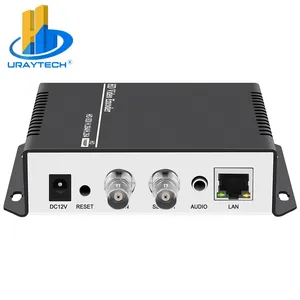


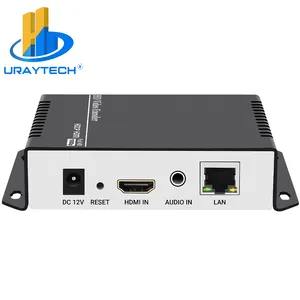




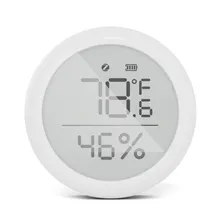




























 浙公网安备 33010002000092号
浙公网安备 33010002000092号 浙B2-20120091-4
浙B2-20120091-4